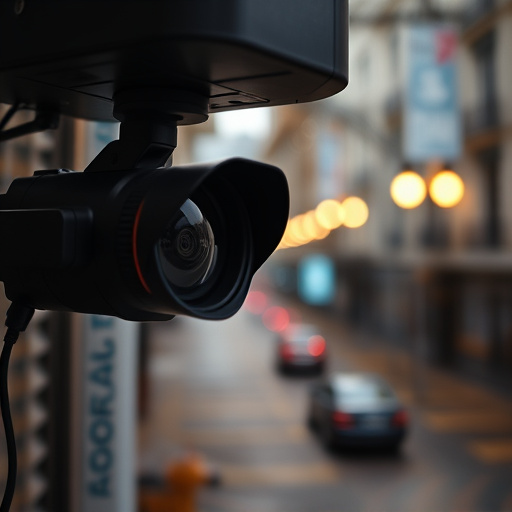Battery-operated hidden childcare cameras offer a discrete yet powerful tool for monitoring activities in various settings, from playrooms to rest areas. Their strategic placement ensures safety and peace of mind by observing interactions, preventing unauthorized access, and overseeing nap times and meal periods. These versatile devices can be hidden in everyday objects, making them ideal for households with high activity levels and safety concerns, providing parents with remote monitoring capabilities and valuable evidence in case of incidents.
Uncovering hidden surveillance device locations is a modern necessity, especially in childcare settings. This article explores the common spots where battery-operated hidden cameras are strategically placed for continuous monitoring. From kitchens and play areas to bedrooms and outdoor regions, these devices offer peace of mind with their real-time alerts and remote access capabilities. However, it’s crucial to balance safety benefits against privacy considerations and ethical use, especially when children are involved, ensuring age-appropriate surveillance and transparent communication.
- Common Areas for Discreet Camera Placement
- – Kitchens and play areas
- – Bedrooms and common living spaces
Common Areas for Discreet Camera Placement
In the quest for discreet surveillance, particularly in childcare settings, battery-operated hidden cameras offer a subtle yet powerful tool. These devices are strategically placed to monitor activities without drawing attention, ensuring safety and peace of mind. Common areas for such placement include playrooms, where interactions between children and caregivers can be observed; corridors or entry points, allowing for the prevention of unauthorized access; and common rest areas, crucial for overseeing nap times and meal periods.
The versatility of battery-operated models enables them to be hidden in a variety of objects, from seemingly innocuous toys to decorative items, making it challenging for anyone to anticipate their presence. This element of surprise is key to effective childcare surveillance, as it discourages inappropriate behavior and provides valuable evidence should any incidents occur.
– Kitchens and play areas
In many households, kitchens and play areas are prime locations for hidden surveillance due to their high activity levels and potential safety concerns. Battery-operated hidden childcare cameras have become a popular choice for parents seeking peace of mind while they’re away from home. These discrete devices can be easily placed in corners or on countertops, capturing footage of children playing, ensuring their safety, and providing an extra layer of security.
Kitchens, with their valuable appliances and food, often warrant close monitoring. Similarly, play areas, where young ones are most active and vulnerable to accidents or mishaps, benefit greatly from the discreet observation offered by these hidden cameras. Their battery-powered nature allows for easy placement and portability, enabling parents to keep an eye on their children’s activities without drawing attention.
– Bedrooms and common living spaces
In the privacy-focused realm of hidden surveillance, Bedrooms and common living spaces often serve as prime real estate for Battery Operated Hidden Childcare Cameras. These discreet devices offer parents and caregivers a sense of security, enabling them to remotely monitor crucial moments in a child’s life. By integrating seamlessly into everyday environments, they provide an added layer of protection without compromising comfort or aesthetics.
Commonly placed in bedrooms, these cameras ensure peace of mind while children sleep, allowing parents to keep an eye out for any unusual activity. Similarly, in living areas, they can be strategically positioned to capture interactions and ensure the overall well-being of family members or childcare providers. The remote access feature adds to their appeal, enabling users to stay connected and informed from virtually anywhere.
In conclusion, battery-operated hidden childcare cameras can be valuable tools for monitoring children’s safety in various settings. By strategically placing these devices in common areas like kitchens, play areas, and bedrooms, parents can gain peace of mind while ensuring a nurturing environment. Staying vigilant through discreet surveillance is a proactive step towards enhancing child supervision.
